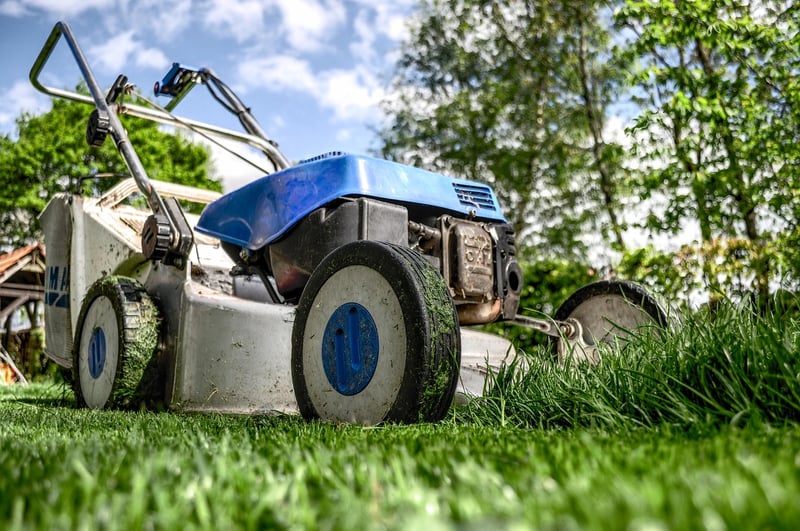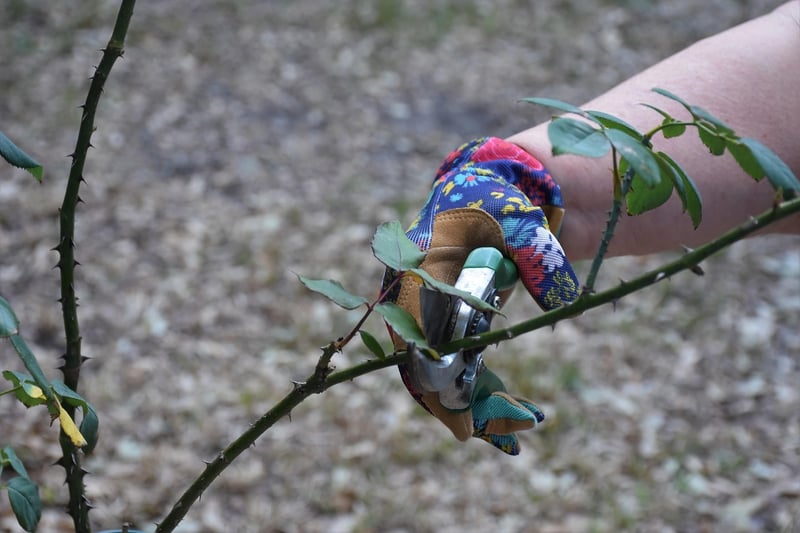Pruning Techniques
Keep Your Garden Healthy with Proper Pruning Techniques
Having a beautiful garden requires more than just planting flowers and watering them regularly. Proper pruning is an essential practice to maintain the health and aesthetics of your garden. By pruning your plants correctly, you can promote growth, control pests, and improve the overall appearance of your outdoor space. Here are some essential pruning techniques to help you keep your garden in top shape.
1. Understand the Basics
Before you start pruning, it's crucial to understand the basics. Different plants require different pruning methods, so make sure to research the specific needs of each plant in your garden. Learn about the best time to prune, the correct tools to use, and the proper techniques for each type of plant.
2. Remove Dead or Diseased Branches
Dead or diseased branches not only look unsightly but can also affect the overall health of the plant. Use sharp and clean pruning shears to remove these branches carefully. Cutting them back to healthy tissue will promote new growth and prevent the spread of diseases.
3. Promote Air Circulation
Thick foliage can inhibit air circulation, leading to the development of fungal diseases. Prune your plants to open up the canopy and allow air and sunlight to reach all parts of the plant. This will help prevent issues like powdery mildew and mold.
4. Control Plant Size
Some plants can grow out of control if left unchecked. Use pruning to control the size and shape of your plants, ensuring they fit harmoniously within your garden space. Regular trimming can also encourage bushier growth and more abundant flowering.
5. Encourage Flowering and Fruit Production
Pruning can stimulate flowering and fruiting in many plants. By removing old flowers or fruiting branches, you redirect the plant's energy into producing new blooms or fruits. Be sure to prune at the right time to avoid cutting off next season's buds.
6. Seek Professional Help if Needed
If you are unsure about how to prune a particular plant or if it requires specialized care, don't hesitate to seek help from a professional gardener or arborist. They can provide guidance and ensure that your plants are pruned correctly without causing harm.
Remember, proper pruning is an ongoing process that requires attention and care. By mastering the art of pruning, you can keep your garden healthy, vibrant, and flourishing throughout the year.

For more gardening tips and tricks, check out our gardening website. Happy pruning!
